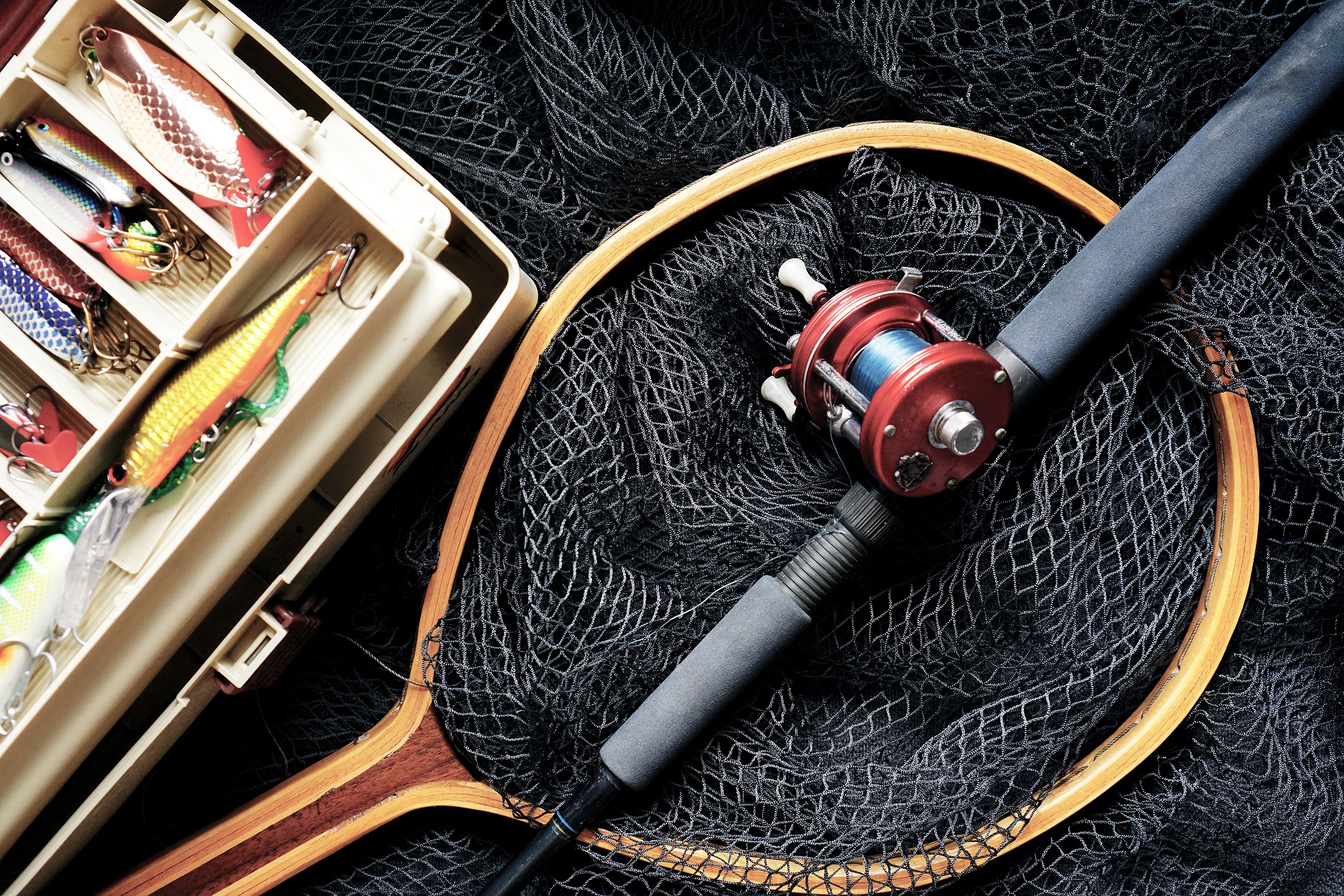
Staying active is important for everyone, and people with disabilities are certainly not excluded. Unfortunately, people with disabilities tend to be less involved in sports, and many cite the unsuitability of local facilities and sports leagues as a major barrier. However, there are awesome adaptive sports for people with all kinds of disabilities, and new adaptive equipment is being developed all the time to make sure everyone can get involved and stay active. Check out these six adaptive sports that are great for people with disabilities.
Fishing
If you prefer a slow-paced sport, try fishing. There’s a wide range of adaptive equipment available to make fishing accessible to just about anyone. Whether you use a wheelchair, have limited arm or grip function, or only have one arm, there’s a fishing pole for you. And an angler with a disability doesn’t have to be limited to fishing from the pier — you can find adaptive fishing boats with power chair lifts, fishing rod holders, and seat adaptations to keep you comfortable on the water.
Hunting
Hunting is another option that lets you get out into the wild, and become one with nature. There is also a lot of different equipment that can make the sport more accessible to someone with a disability. DisabledSportsUSA has a great list that includes various gun and archery equipment as well as stabilizing crutch poles, a battery operated tree stand, and an all terrain combination rolling walker, wheelchair, and transport chair, to name a few.
Wheelchair Basketball
Wheelchair basketball is probably the most well-known adaptive team sport. There are national teams for men, women, children, and teens, and there’s even an annual world championship held in cities around the globe. Wheelchair basketball retains the full-size court and 10-foot basket of standing basketball, with the only modifications being a few rules about traveling, dribbling, and fouling to factor in wheelchairs. Specially designed basketball wheelchairs improve performance and reduce the risk of tipping over.
Sitting Volleyball
Also known as paralympic volleyball, sitting volleyball is adapted for players with physical disabilities like amputations, spinal cord injuries, or cerebral palsy. It retains all the rules of standing volleyball, with the addition that players must keep at least one buttock in contact with the floor whenever they touch the ball. Sitting volleyball also uses a shorter net and a smaller court to suit seated players.
Cycling
There are a variety of adaptive bicycles designed to meet the needs of different disabilities, but the kind you’ll see most frequently is the hand cycle. These recumbent tricycles are powered by hand cranks instead of foot pedals, with brakes mounted on the handholds, making them great for people with spinal injuries or lower body disabilities. And don’t think you’ll be limited to leisure biking — you can find hand cycles design for road biking, mountain biking, and bike touring.
For people who want to try biking but are nervous about safety due to hearing or vision impairments, tandem road bikes offer a great way to experience this cardio exercise while letting a friend handle the navigation.
Skiing
Four track and three track skiing open up downhill skiing to people with lower body disabilities or stability challenges. These are single or double upright skis that are paired with handheld outriggers — elbow crutches with small skis affixed to the base — for extra balance. If you’re unable to use your lower body, try a mono ski or bi ski. These adaptive skis feature a seat mounted on one or two skis, and can be used with outriggers for balance and propulsion.
You’ll find similar adaptive equipment in the world of cross country skiing. Sit skis can be paired with poles — and lots of upper body strength — to propel a skier across terrain. Skiers with single leg amputations can cross country ski without any adaptive equipment other than a prosthetic, and arm amputees can learn how to propel themselves using one or no poles.
Whether you’re looking to compete or just want a new way to get out, make friends, and have fun, there’s a wide range of adaptive sports to participate in. And since most adaptive sports are identical to the non-adaptive version other than some modified equipment, they’re every bit as challenging and athletic.
Image via Pixabay by TheDigitalWay
